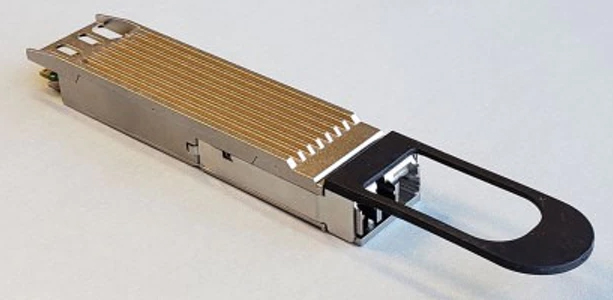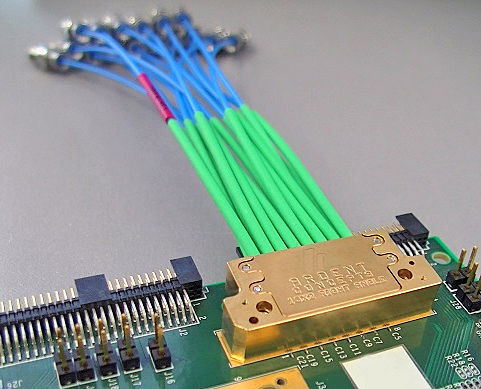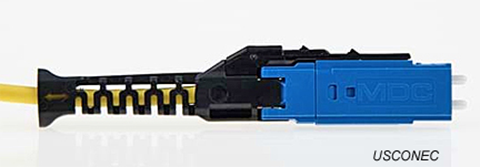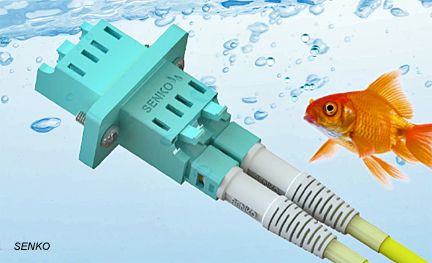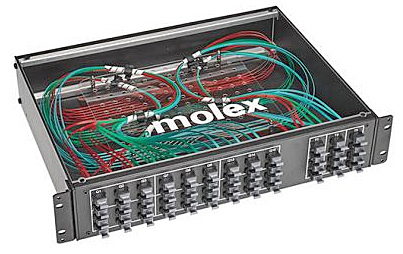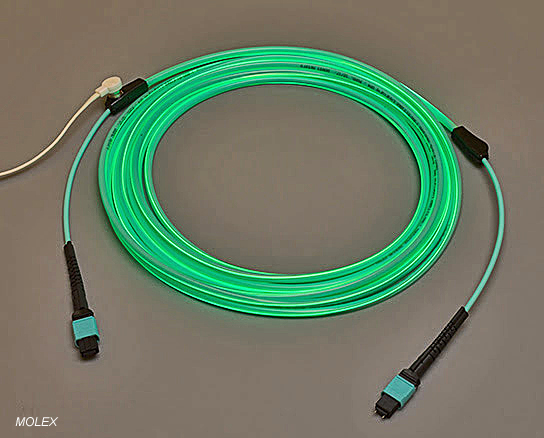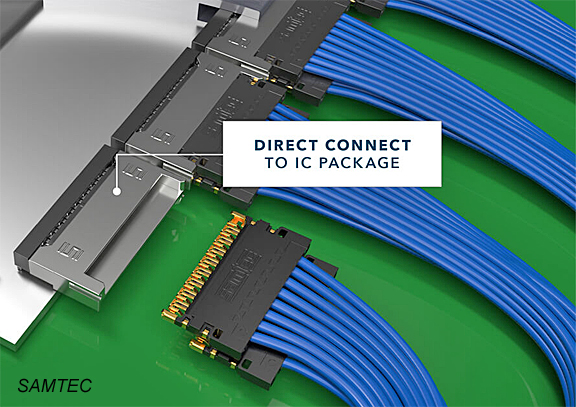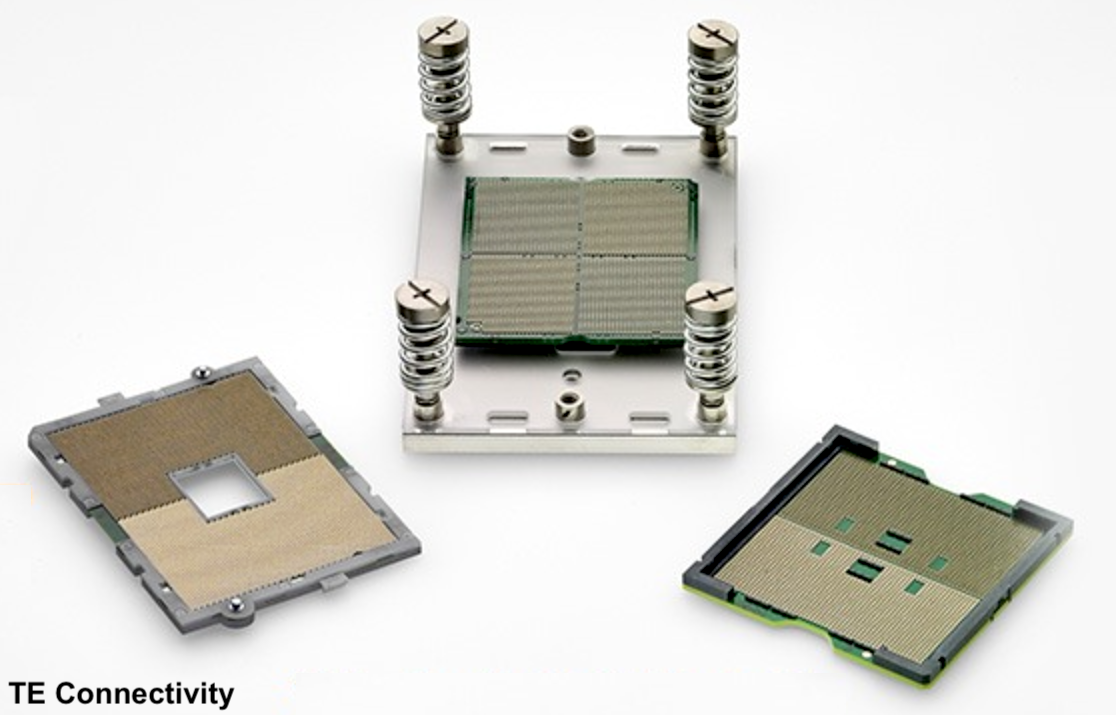OFC 2020 Resists the Coronavirus
The 2020 Optical Fiber Communications Conference & Exhibition celebrated 50 years of optical connectivity with a combination of exhibits on the show floor and remote presentations.
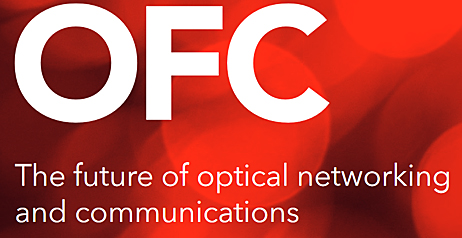
The 2020 Optical Fiber Communications Conference & Exhibition (OFC 2020), scheduled for March 8–12, had grand plans to celebrate 50 years of optical communication. Groundbreaking technologies, including low-loss optical fiber and room-temperature semiconductor lasers that enabled development of high-speed and long-distance communication systems were slated for recognition in a special keynote address. In prior years, the OFC conference attracted 15,000 global attendees with its extensive technical program of white papers, tutorials, workshops, panels, and short courses that explored every aspect of next-generation optical communication technology. Last year, over 700 industry-leading exhibitors demonstrated state-of-the-art hardware and software. OFC 2020 was primed to extend this tradition of being the prime showcase of optical connectivity. Then COVID-19 crashed the party.
Despite government travel bans, calls to cancel all large gatherings, and general fears about the global pandemic, OFC adapted to the spreading virus and went on with the conference. Many large companies, including Acacia, Ciena, Cisco, Corning, Infinera, Intel, Nokia, Sanmina, and Verizon, withdrew from the conference. Although OFC is not a major conference for connector manufacturers, Amphenol Fiber Optic Products, Molex, Samtec, and TE Connectivity also pulled out.
OFC 2020 implemented expanded health precautions for attendees, including hand-sanitizing stations, facility-wide disinfecting, on-site medical support, and encouragement to maintain a touch-free exhibition. OFC provided live and recorded two-way access to technical sessions using a web-conferencing/collaboration system for registrants who could not attend in person. Many suppliers held virtual events to showcase their latest innovations. OFC management confirmed that travel restrictions significantly impacted attendance, with many registrants — including this reporter — choosing to utilize remote access resources.
Despite the disruptions, OFC 2020 managed to carry on. The technical program topics, product release annoucements, and phone discussions with company representatives revealed several significant trends.
The expanding universe of 5G networking infrastructure continues to be a strong market for suppliers of hardware, test equipment, and related software. Broad adoption of 5G is expected to increase dramatically in 2021 as new 5G consumer phones, including those from Apple, reach the market and users begin to experience the performance advantages of 5G connectivity. Huawei recently announced the first 800G tunable optical module to support capacity demands of 5G networks, enabling the transmission of a much as 48Tb/s of data on a single fiber.
The introduction of new on-board optical transceivers is picking up momentum. The Consortium for On-Board Optics (COBO) had planned to show 800G optical modules as well as live, multi-vendor interoperability demonstrations. Multiple standards have now been published and compliance test boards have been developed.
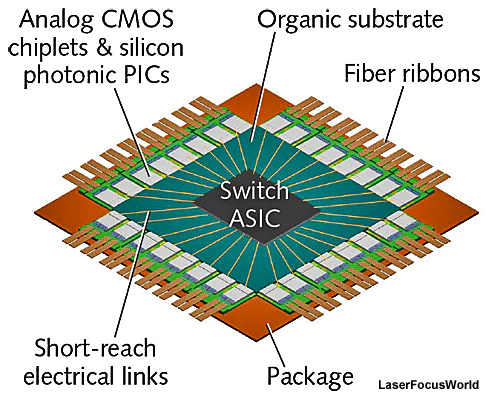
Co-packaged, or chiplet optics, is a rising technology that addresses some of the challenges created by pluggable optical transceivers, including thermal management and limited port density. Demand for ever-increasing I/O density is becoming a serious limitation in large data center applications. By packaging optical engines on the same substrate as an application-specific integrated circuit (ASIC), switch, or serializer/deserializer (SerDes), the electrical signal path is reduced to short inter-package lengths minimizing power demand. Small-profile, passive optical connectors mounted on a 1U faceplate can dramatically increase port density and channel count. Co-packaged optics are currently in the early development stage but may eventually begin to threaten pluggable optical transceivers. Untethered from the bandwidth and distance limitations imposed by electrical channels, integrated optics may allow a total rethinking of data center architecture.
Ranovus launched its Odin single chip silicon photonic engine for data center applications. At 100Gb/s per lambda, the Odin optical engine can scale from 800Gb/s to 3.2Tb/s in a single chip.
Ranovus announced a strategic collaboration with IBM, TE Connectivity, and SENKO to create a standard platform to design and manufacture multi-vendor solutions for co-packaged optics.
As an alternative to participating at OFC 2020, Intel showed its Tofino 2 12.8Tb/s Ethernet switch using 1.6Tb co-packaged silicone photonic engines at an Intel facility.
Rockley Photonics demonstrated a 25.6Tb/s OptoASIC in-package switch that resulted from the collaboration of multiple vendors. The Rockley 800G LightDriver optical engine was integrated by Accton with copper BiPassTGA technology from Molex and Samtec’s Si-Fly copper solutions. TE Connectivity provided extreme density XLA and CP fine pitch LGA interconnects. Partnering between competitive suppliers to advance a new technology may represent an important wave of the future as manufacturers of advanced products require deep expertise from multiple sources.
Co-packaged devices face some daunting challenges, especially in establishing standards, but large cloud providers, including Facebook and Microsoft, are dedicated to creating guidelines for designers and manufacturers of co-packaged optics.
400GbE is moving closer to mainstream. The Ethernet Alliance demonstrated 400GbE fabric-related test equipment, switch modules, and an 800G OSFP cable assembly. 400G QSFP-DD pluggable modules using silicon photonic technology are now available.
Development of an 800GbE standard has not yet begun, but demand from hyperscale data centers is anticipated. The QSFP-DD800 MSA announced the release of a new 1.0 hardware specification that enables the development of 800Gb/s connectivity in datacom Ethernet networks. Huawei revealed an 800Gb/s tunable optical module. With data rates between 200 to 800Gb/s, likely applications will exist in the buildout of 5G networks.
The 400G ZR Interoperable Networking Implementation Agreement appeared prominently at OIF exhibits and technical sessions this year. The objective is to define an optimized PCB footprint for transporting 400GbE in data center links of at least 80km.
II-VI Inc. announced its OSFP-LS pluggable platform for 400G ZR applications. This pluggable full duplex module supports up to eight wavelengths with a total transmission capacity of up to 3.2Tb/s per fiber pair.
One general theme of the show was the continuing demand for devices that consume less power and strategies for managing resulting heat. Co-packaged photonic devices, for instance, require less power to drive longer copper channels. The concentration of relatively high-power pluggables on a face plate is problematic and has stimulated the development of modules that consume less power as well as improve mechanisms for dissipating the heat.
The sparse appearance of connector manufacturers resulted in few new product announcements. Amphenol Ardent Concepts released the TR Multicoax connector, a new low-profile, right-angle 16-channel connector for signals of up to 70GHz.
US Conec featured its new high-density duplex MDC fiber optic connector. Three port MDC adapters fit directly into standard panel openings for duplex LC adapters, increasing fiber density by a factor of three.
SENKO announced its waterproof LC connector that is rated to IP68 and is designed for outdoor applications, such as 5G cellular sites. Pro-Labs announced a next-generation 400G network QSFP-DD 2 X 100 transceiver that will utilize SENKO CS duplex connectors.
Phone interviews with several leading connector manufacturers conducted after the conference revealed what they had intended to demonstrate in their cancelled booths.
Molex planned to display its expanding lines of optics-related products, including the OptoConnect fiber aggregation box, which can provide high-density optical management in a flexible, fully tested assembly.
The company’s LumaLink MPO trace cable assemblies were recently recognized by the 2020 Lightwave Innovation Reviews as a creative solution to identifying a single optical fiber within a bundle. Additional displays demonstrated Molex optic enclosures featuring connectors from SENKO and 3M.
Samtec’s booth was designed to highlight six live product demonstrations and multiple new product introductions. The Si-Fly Direct Connect to IC package took center stage and complemented emerging applications that required minimal PCB trace losses. Copper and optical versions of Si-Fly were demonstrated running at 56Gb/s PAM4.
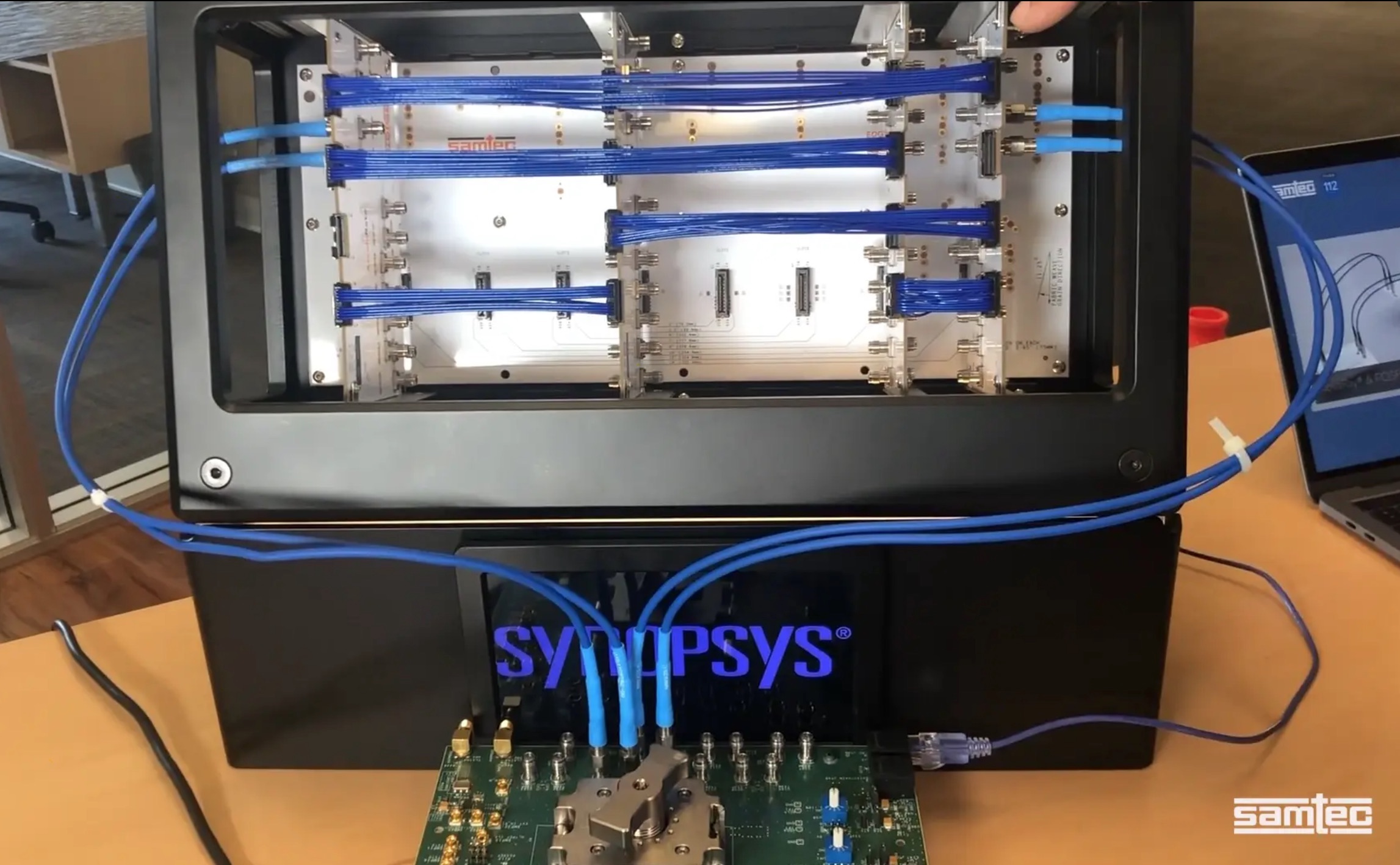
This demonstration showcased a concept for a traditional backplane along with a copper cable mesh frontplane illustrated the potential packaging of an artificial intelligence system. The model included high-speed edge connectors and precision coaxial connectors.
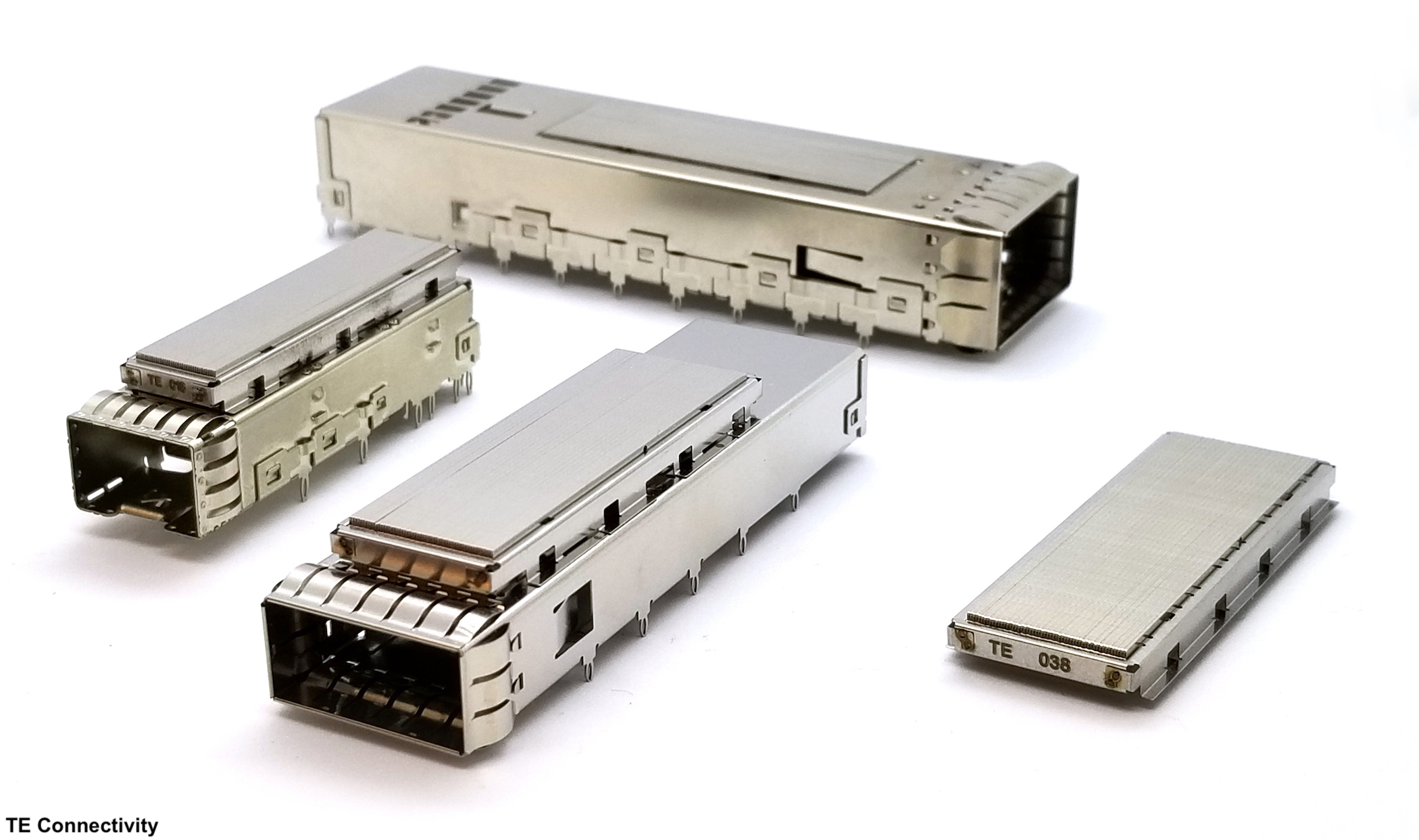
TE Connectivity was planning its return to OFC with an extensive display of technology, including its co-packaged interconnect system, 400G ZR, 800Gb OSFP cable assemblies as well as the company’s thermal bridge heat transfer system.
TE Connectivity was planning its return to OFC with an extensive display of technology, including its co-packaged interconnect system, 400 ZR, 800G OSFP cable assemblies as well as the company’s Thermal Bridge heat transfer system.
TE also showcased it new XLA high-density, low-profile LGA sockets and interposers with the ability to support up to 1,024 differential pairs.
The coronavirus outbreak disrupted OFC 2020, dramatically reducing attendance and limiting the personal exchanges that are key to advancing next-generation optical communication technology. Under the circumstances, OFC management did an incredible job of providing alternative access to the many tutorials, panel discussions, and seminars via online virtual and recorded sessions. We can only hope the current pandemic will pass quickly and OFC 2021 will continue on as the top platform for all things optical.
Like this article? Check out our other high-speed, fiber optic, Ethernet, and New Technology articles, our Datacom/Telecom and Wire & Cable Assembly Market Pages, and our 2020 and 2019 Article Archives.
- Optics Outpace Copper at OFC 2024 - April 16, 2024
- Digital Lighting Enhances your Theatrical Experience - March 5, 2024
- DesignCon 2024 in Review - February 13, 2024
